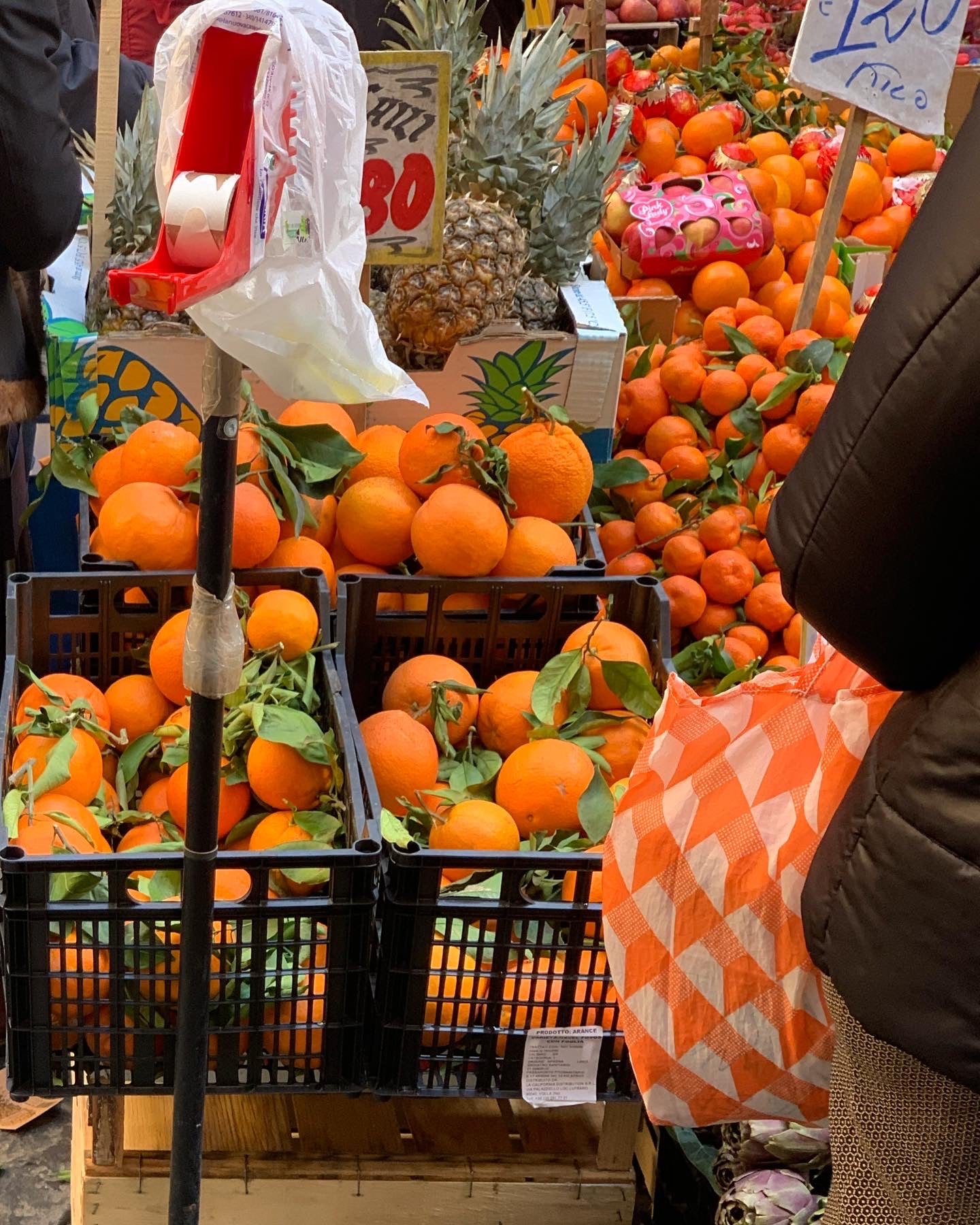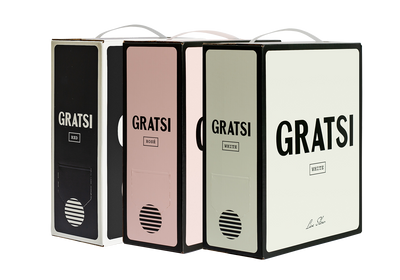Outdoor Markets

Italian Culture
Outdoor Markets
By Gabriela R. Proietti
October 14, 2022
In Italy, there are many cultures. There is coffee culture and bar culture: the sound of ceramic cups clinking in the wee hours of the morning paired with a grumbled “che cosa prendi” (what are you having?) followed by a steaming hot espresso plopped down right in front of you. There is food and wine culture: an exceptional culinary world full of uncountable types of pasta, pizza, salumi, cheeses…the list goes on. Of course there is beach culture: did somebody say estate italiana? Endless days off filled with long hot summer nights. And finally, I would be remiss if I didn’t mention my favorite one of all, market culture: daily outdoor casual affairs that are the heartbeat of Italian life. The markets are an unmissable experience if wanting to see authentic Italian living or adapt to local rituals, routines, and daily life.


After 3 years split between Naples and Rome, I have come to know the markets of my cities like the back of my hand. They have become a place of comfort, community, and not to mention a place to score some exceptionally good foods and keepsake items. Luckily for you all, you don’t just have to be passing by the Eternal City or bustling Naples to see what all the commotion of market life is about. Every city, town, village, and down to specific neighborhoods in Italy has a local market. While daily markets sell seasonal produce such as fruit, vegetables, meat, and fish, in addition to clothing, homeware, and pantry items, there are also weekend and month-only markets that tend to sell particularly high-quality regional specialties, think highquality items such as wine, extra-virgin olive oil, cheese and cold cults, antique collectables and second-hand clothes, and hand-made artisanal items.


On your next trip to somewhere in the boot, carve out at least an hour or two at one of its many markets as you are guaranteed to learn more about local customs and etiquette that no text book or tour guide can teach you. You must experience them first hand. Markets are institutions and traditions that have been mastered and fostered over and over for centuries, so let's start with the history. The first open air markets can be traced back to the Emperor Augustus in the 3rd century BC, taking place in Rome. Over the following centuries, as residential areas in Rome developed so did its commercial sectors. In the 17th and 18th centuries the Italian government established specified areas for markets and commercial activity. Since then many indoor commercial stores have been developed, but the open air market has remained a tradition throughout all of the country.


There are markets plopped in ancient roman piazza’s,18th century convents, and along old ports. Typically, there is no permanent structured system that accompanies the market. If we are referencing food ones, most are open six days a week, always closed on Sunday as this day is reserved for rest, family, and a big long lunch. Vendors noisily come in around 6 am in the morning chaotically moving their stalls and tables around, setting up their freshly harvested produce to show on display, opening at 7 am and shutting down around 1 or 2 pm just in time for lunch. Skip the grocery store like Italians as they typically visit a market 3 to 4 times per week, buying enough produce to get them through a day or two. My advice is to come just after the sun rises to get the freshest and first pick of the day.




If you’re a bit intimidated by all the commotion, prices, numbers, and debating whether or not that specific stall is self-serve, spend the first time slowly walking up and down the lined rows observing others. Despite the chaos, a market is the perfect place to embrace that slow-life living. On average, organic vegetables and fruits ranged from 0.50 euro to 1.50 euro per 500 grams (~1 pound). Upon this discovery, it is easy to get carried away as you discover a whole new world of food shopping with an abundance of seasonal produce staring right at you. Take advantage of the wisdom of the vendor who is most likely the farmer or closely tied to the one in the surrounding areas regarding seasonality, what vegetable pairs best with which pasta, and if there are any specialities of the day. The beauty of eating in Italy is that Italians eat based on the season, so if you are visiting in summer and see larger-than-life watermelons, don’t expect to see them come fall or winter. The secret of the country’s world renowned dishes and flavors can be largely credited to the use of local and in-season products. Not only does everything taste fresh, it is beneficial to your health! Some of my favorite items by season to try are the following:
Fall: porcini mushrooms, grapes, pumpkin, fennel, apples, truffles, and broccoli rabe
Winter: artichokes, lentils, potatoes, kale, pears, and pomegranate
Spring: peas, strawberries, asparagus, zucchini flowers, and cherries
Summer: watermelon, peaches, figs, tomatoes, berries, and zucchini


If you happen to be in Rome, for food markets head to Mercato di Testaccio, Campo de’ Fiori, or Mercato Trionfale. For vintage and second-hand items there is Porta Portese, Mercato Monti, and Borghetto Flaminio Market. If you visit Naples, I always recommend visitors to make it a priority to pass through Mercato Pignasecca or wind through the main drag of Rione Sanita for an unforgettable experience. Wherever your traveling heart leads you, the market life in Italy is inescapable. It will leave a lasting impression full of warmth, beauty, commotion, community, and most importantly, something good to eat.







